Poverty Point World Heritage Site
This ancient settlement contains some of the largest earthen mounds in North America.
One of the world’s most unique and historically significant landmarks can be found tucked away in the northeastern region of Louisiana. Poverty Point was settled by Indigenous peoples more than 3,000 years ago over a period of 600 years.
Characterized by earthen mounds oriented in a concentric half-circle formation, this UNESCO World Heritage Site was once a major cultural center. Burial mounds were common throughout the southeastern and central regions of what is now North America, but the absence of human remains at this site suggests that the monumental earthworks were being used for other purposes.
It’s believed to have been home to hundreds, or perhaps thousands of residents by some archaeological estimates. At its height, Poverty Point was the ceremonial, cultural, and economic hub for native tribes from across the region, but was mysteriously abandoned around 1100 B.C.
Around the year 700, a new group of Indigenous people created another mound at the site. But this group only appeared to occupy a small fraction of the site for a brief period. Aside from that, Poverty Point was used intermittently for centuries, until the arrival of white settlers to the area in the 1800s.
There is still much to be learned about the people who constructed Poverty Point and its significance, but that doesn’t stop visitors from touring the site and walking along the ruins.

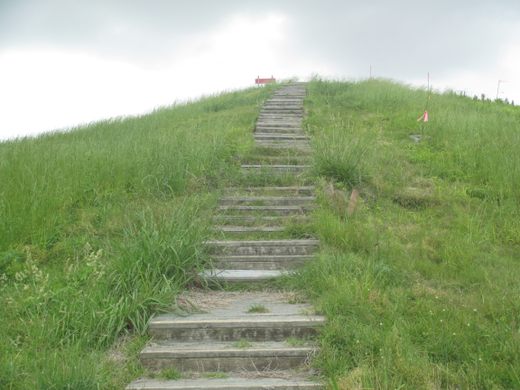



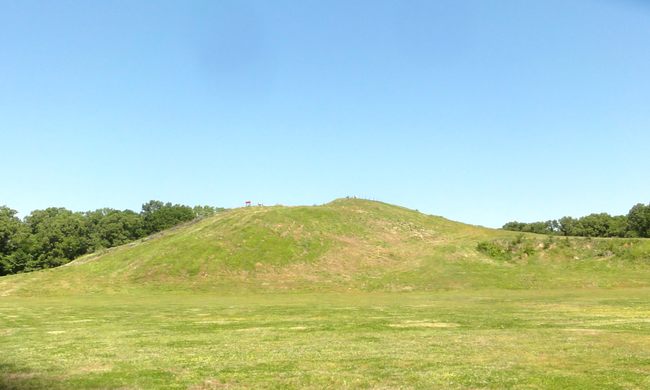

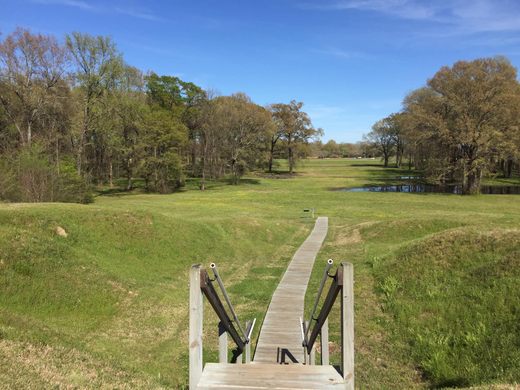
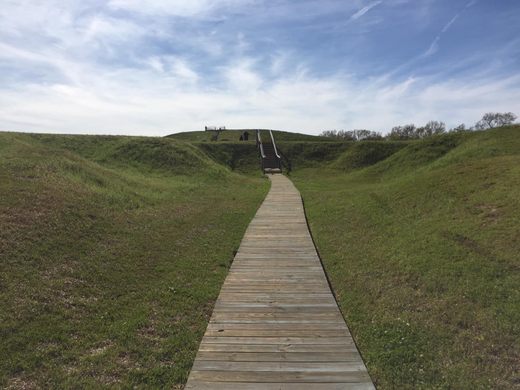








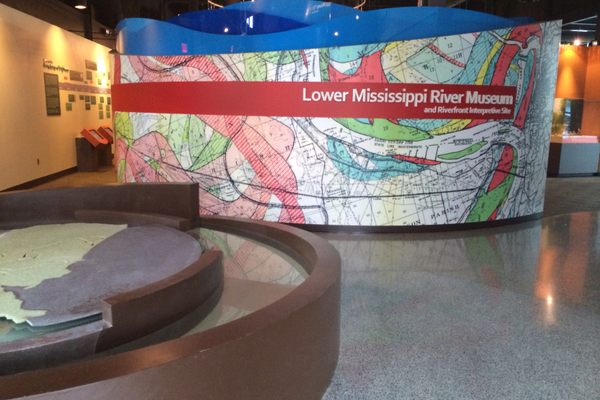


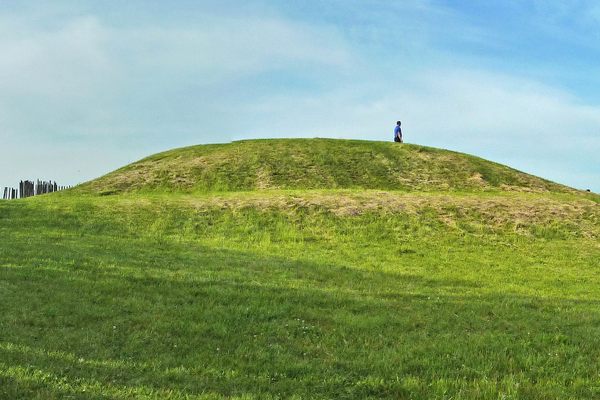




Follow us on Twitter to get the latest on the world's hidden wonders.
Like us on Facebook to get the latest on the world's hidden wonders.
Follow us on Twitter Like us on Facebook